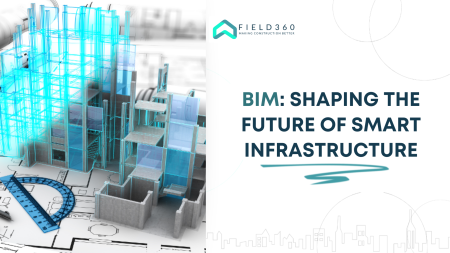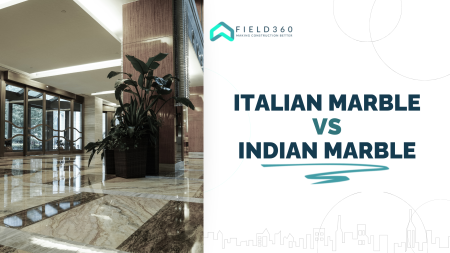Indian architecture, with its roots deeply embedded in history, has evolved through centuries, embracing diverse influences and cultural nuances. From ancient temples that echo tales of spirituality to contemporary skyscrapers symbolizing modern India’s prowess, the architectural landscape of the nation is a testament to its rich heritage and visionary aspirations. In this comprehensive exploration of Indian Architecture Past | Present | Future, we delve into the intricacies of this fascinating subject, tracing its historical significance, marveling at its current achievements, and envisioning the groundbreaking future it holds.
Outline: Indian Architecture Past | Present | Future
| Section | Subsection |
| I. Unearthing Ancient Marvels | 1.1 Architectural Marvels of the Indus Valley |
| 1.2 Influence of Mauryan Architecture | |
| 1.3 Intricacies of Mughal Structures | |
| II. The Renaissance of Modernity | 2.1 Colonial Architectural Legacy |
| 2.2 Post-Independence Architectural Movements | |
| III. Contemporary Wonders | 3.1 Skyscrapers Redefining Indian Skyline |
| 3.2 Sustainable Architecture Practices | |
| IV. Future Visions | 4.1 Technological Advancements in Architecture |
| 4.2 Fusion of Tradition and Innovation | |
| 4.3 Green Architecture: Building for Sustainability | |
| V. Architectural Influences | 5.1 Cultural Diversity and Architectural Expressions |
| 5.2 Global Inspirations Shaping Indian Architecture |
I. Unearthing Ancient Marvels
1.1 Architectural Marvels of the Indus Valley
The Indus Valley Civilization, one of the world’s oldest urban cultures, gifted humanity architectural wonders like Mohenjo-Daro and Harappa. These ancient cities showcased advanced urban planning, with intricate drainage systems and well-designed homes, laying the foundation for future architectural marvels.
1.2 Influence of Mauryan Architecture
During the Mauryan Empire, the Great Stupa at Sanchi emerged as a symbol of Buddhist architecture. Its grandeur and spiritual significance influenced numerous structures across the Indian subcontinent, emphasizing the fusion of religious beliefs and architectural brilliance.
1.3 Intricacies of Mughal Structures
The Mughal era introduced a blend of Persian, Indian, and Islamic architectural styles, exemplified by the iconic Taj Mahal. This period witnessed the construction of magnificent forts, palaces, and mosques, shaping India’s architectural landscape with intricate domes, minarets, and intricate geometric patterns.
II. The Renaissance of Modernity
2.1 Colonial Architectural Legacy
The British colonial rule left an indelible mark on Indian architecture. Colonial buildings, with their Victorian and Gothic influences, stand as reminders of India’s struggle for independence. Structures like Victoria Memorial in Kolkata showcase the amalgamation of colonial aesthetics with Indian cultural motifs.
2.2 Post-Independence Architectural Movements
Post-independence, India experienced a wave of architectural innovation. Renowned architects like Charles Correa and B.V. Doshi pioneered modern Indian architecture, focusing on functionality, sustainability, and indigenous design elements. Their creations, such as the Gandhi Ashram in Ahmedabad, symbolize India’s march towards modernity rooted in its heritage.
III. Contemporary Wonders
3.1 Skyscrapers Redefining Indian Skyline
India’s contemporary architectural landscape is adorned with awe-inspiring skyscrapers. The Mumbai skyline, dotted with structures like The Imperial and Antilia, reflects India’s economic progress and architectural innovation. These towering marvels redefine the urban narrative, showcasing cutting-edge design and engineering.
3.2 Sustainable Architecture Practices
In the pursuit of sustainable living, architects in India are embracing eco-friendly practices. From rainwater harvesting systems to solar-powered buildings, sustainable architecture is redefining construction norms. Initiatives like the Suzlon One Earth in Pune exemplify how green architecture can harmonize with nature, creating spaces that are both functional and environmentally responsible.
IV. Future Visions
4.1 Technological Advancements in Architecture
The future of Indian architecture is intertwined with technological advancements. From 3D printing of buildings to augmented reality-driven designs, technology is revolutionizing the way architects conceptualize and execute projects. These innovations promise efficient construction methods, cost-effectiveness, and unparalleled precision.
4.2 Fusion of Tradition and Innovation
The future architects of India are exploring the harmonious fusion of tradition and innovation. Concepts like “Parametric Design” blend age-old architectural wisdom with computational design, creating structures that resonate with cultural heritage while embracing futuristic aesthetics. This synergy promises a landscape where the old and the new coexist seamlessly.
4.3 Green Architecture: Building for Sustainability
Green architecture is set to be the cornerstone of India’s architectural future. Concepts like vertical gardens, green roofs, and sustainable materials are transforming urban spaces into eco-friendly habitats. Architects are integrating natural elements into designs, fostering a symbiotic relationship between architecture and the environment.
V. Architectural Influences
5.1 Cultural Diversity and Architectural Expressions
India’s cultural diversity is mirrored in its architecture. From the colorful facades of Rajasthan’s havelis to the intricate woodwork of Kerala’s nalukettu houses, each region boasts unique architectural expressions. This diversity not only showcases India’s cultural richness but also inspires architects to innovate and create designs that echo regional identities.
5.2 Global Inspirations Shaping Indian Architecture
Global architectural trends are shaping India’s urban landscapes. Concepts like minimalist architecture, inspired by Japanese design principles, and Bauhaus-inspired functionalism are gaining popularity. Indian architects are blending these global influences with indigenous elements, resulting in structures that are both contemporary and culturally rooted.









